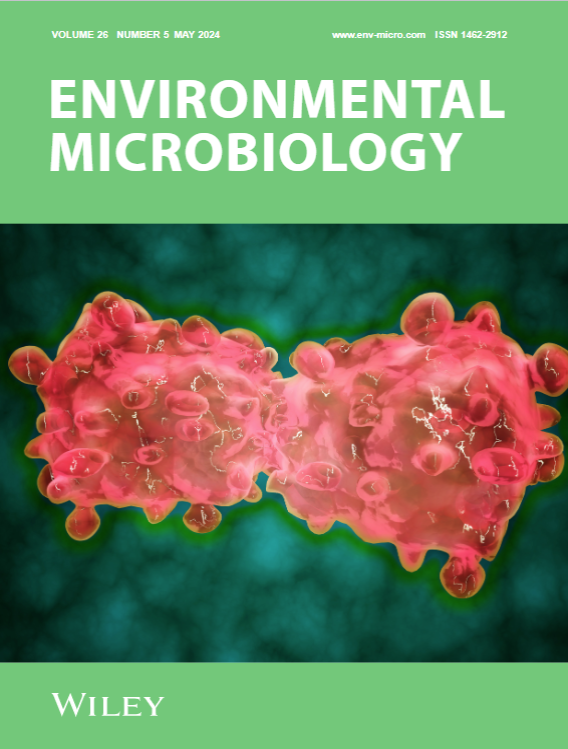Phytoplankton Exhibit Diverse Responses to Different Phases of Upwelling in the California Current System
Abstract
Eastern boundary upwelling currents are some of the most biologically productive and diverse regions in the world's oceans. Driven by equatorward winds and Ekman transport, surface waters are transported offshore and replaced by cold, nutrient-rich deep waters that seed extensive phytoplankton blooms. Studying phytoplankton community succession and physiological acclimation during the initial stages of upwelling is critical to building a comprehensive understanding of phytoplankton responses to upwelling in these important regions. Additionally, factors like lateral transport, seed population dynamics and physiological and molecular shifts are conducive to shaping the community assemblage and primary productivity. This study examines how phytoplankton gene expression and resulting physiology change between early and later phases of upwelling. By incorporating metatranscriptomic analyses and stable isotope incubations to measure nutrient uptake kinetics into our assessment of early and later upwelling stages, we observed variability in phytoplankton assemblages and differential gene expression of phytoplankton that were de-coupled from their physiology. We show that the gene expression response to a fresh upwelling event precedes their physiological response. Ultimately, understanding how phytoplankton change through the course of an upwelling event is critical to assessing their importance to regional biological rate processes, trophic systems and resulting biogeochemistry.





 求助内容:
求助内容: 应助结果提醒方式:
应助结果提醒方式:


